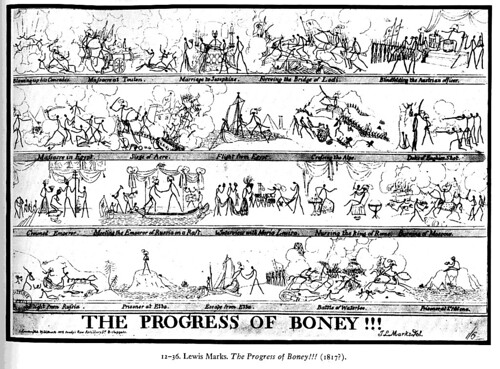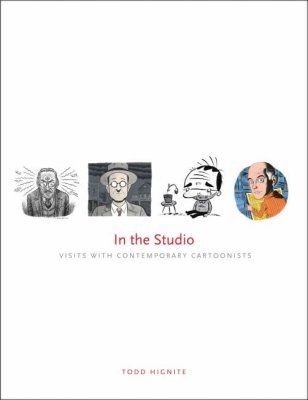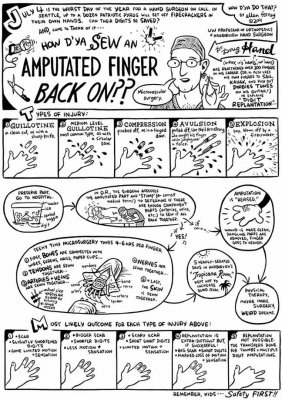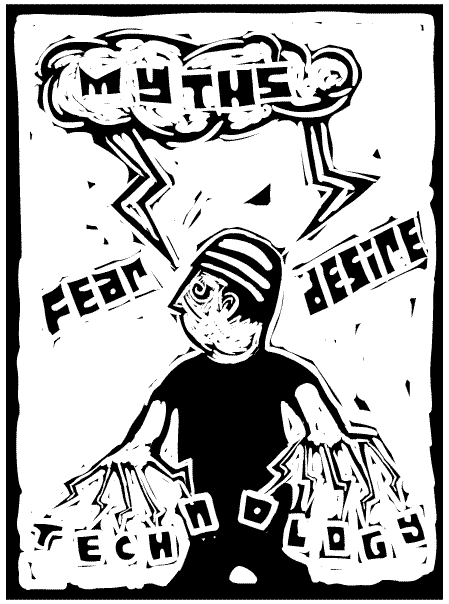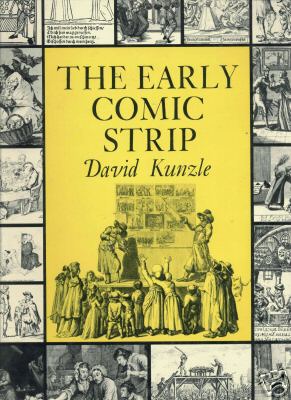
I don’t have too much more to say about David Kunzle‘s long-out-of-print series, THE HISTORY OF THE COMIC STRIP, but I did want to post a couple of wacky examples from the book that caught my attention last week:
I plan on ripping these off as soon as I can.
On a side note, here’s what R. Crumb had to say about the book. Unbelievably, Professor Kunzle had never heard Crumb’s praise, so he was delighted when I forwarded him the quote from Hignite’s book. I still think that with a little editing, maybe whittling it down to a paperback format, this book could be re-released and sell quite well. Kunzle has two books on Rudolphe Topffer coming out soon: a collection of his strips, RUDOLPHE TOPFFER: THE COMPLETE COMIC STRIPS, and a monograph, RUDOLPHE TOPFFER: FATHER OF THE COMIC STRIP.


